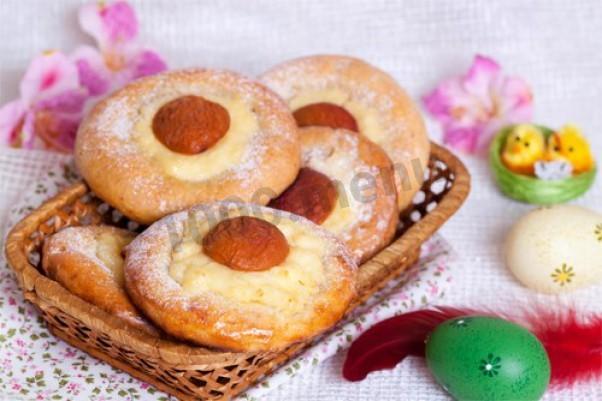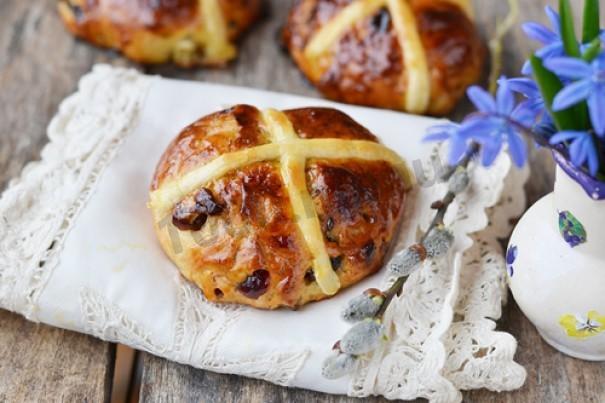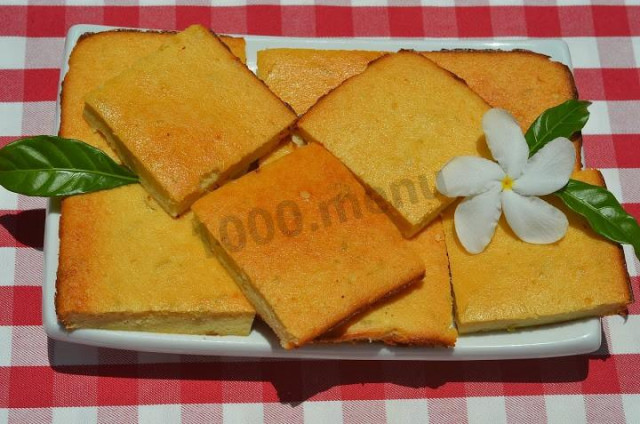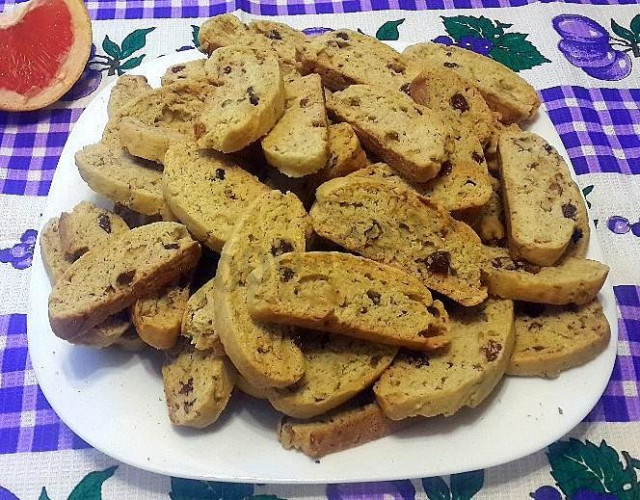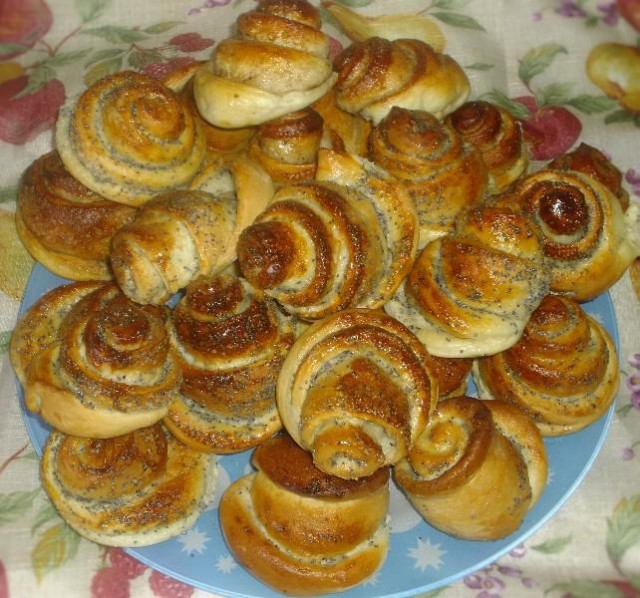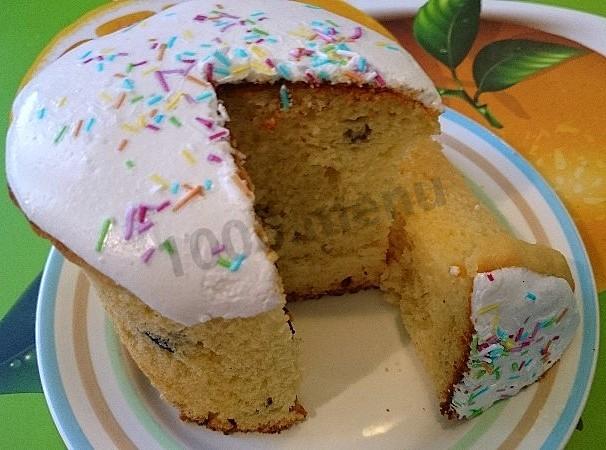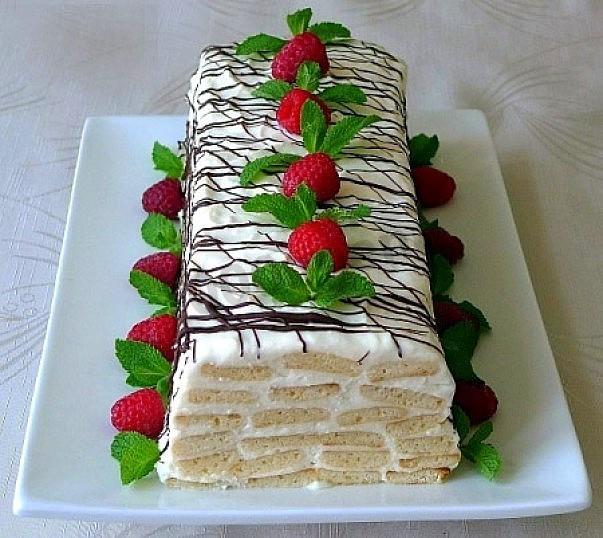Composition / ingredients
Step-by-step cooking
Step 1:
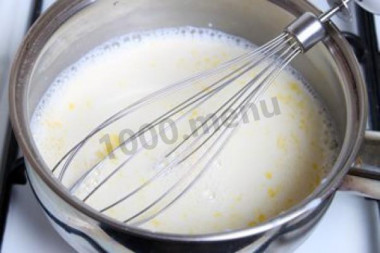
It is advisable to take corn starch for the cream, but it is sometimes difficult to buy it, so it is allowed to use potato starch. In cold milk, dissolve the starch and put it to cook in a saucepan over low heat. Add sugar and one yolk of a large egg to the milk. Actively stir the cream with a whisk until it begins to thicken and gurgle.
Step 2:
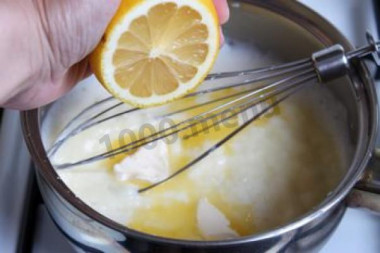
Turn off the heat, add the necessary amount of butter and lemon juice. Stir, taste. The cream should be lump-free, shiny, moderately sweet with a subtle lemon flavor. Set the saucepan aside and let the cream cool.
Step 3:
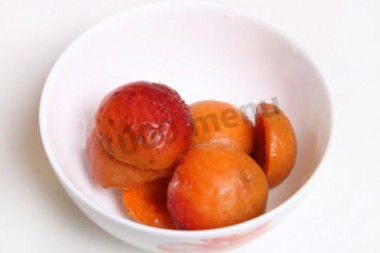
Prepare apricots. You can take it from a jar, or you can take frozen apricot halves. In total, you need 4 apricots, that is, 8 halves. If the apricots are from a jar, then put them on a sieve to get rid of the juice. If frozen, defrost them slightly, if the fruit melts completely, they will be too soft and it will be difficult to put them on the cream.
Step 4:
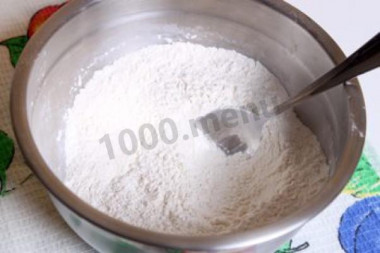
The dough is kneaded in a deep bowl, into which 300 g of premium flour must be sifted. Add baking powder, sugar, a pinch of salt and vanilla sugar to the flour. Mix the dry mixture with a spoon.
Step 5:

Add cottage cheese to the same bowl. It is better to use dry cottage cheese with 9% fat content. Such cottage cheese should be given pomp, that is, rubbed through a sieve.
Step 6:
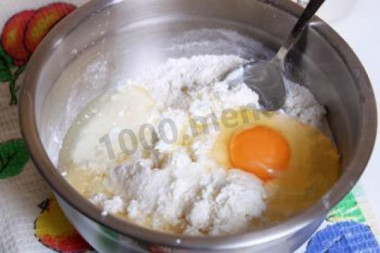
After the cottage cheese, add one egg (preferably large), 5 tablespoons of milk and vegetable oil.
Step 7:
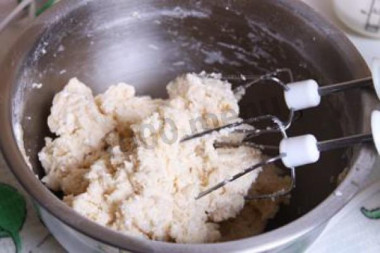
Beat with a mixer. The dough will reach for the whisk and stick to them.
Step 8:
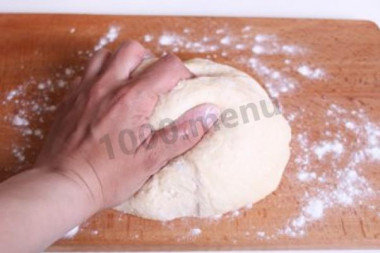
Turn off the mixer, remove the dough from the beaters and knead it a little with your hands on a cutting board, sprinkling it with flour. The dough is pleasant to the touch, smooth, moderately elastic, but not tight. It should not stick to your hands.
Step 9:
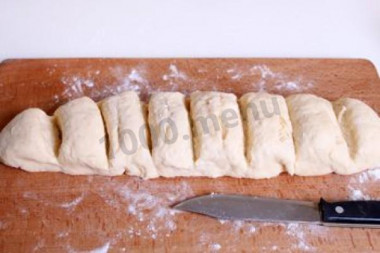
Roll a roller of the same thickness from all sides from the dough and cut it into 8 equal parts with a sharp knife.
Step 10:
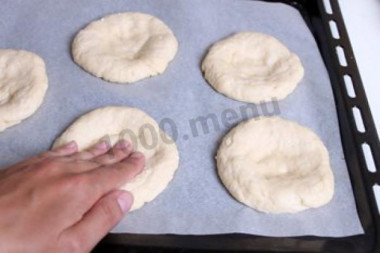
Roll a ball out of each part with your hands, put it on parchment paper on a baking sheet and flatten it. With your fingers, make a recess in the center of the future bun.
Step 11:
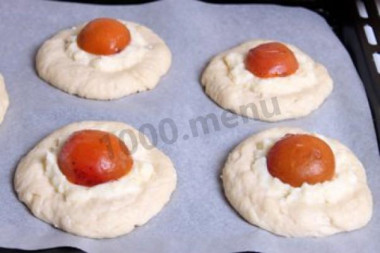
Put a tablespoon (or a little more) of cream in each hole and put the halves of apricots in the center. Do this with all the buns. If all 8 pieces do not fit on the baking sheet, bake in two sets. It is advisable to leave more free space between the buns, as they will rise well in the oven.
Step 12:
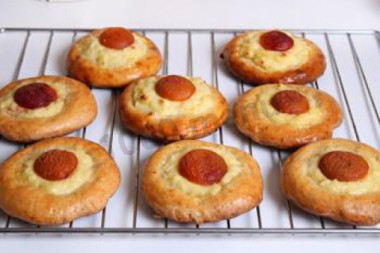
Buns are prepared quickly, so do not leave the kitchen for a long time. The appearance and aroma will tell you that the products are ready. But also be guided by the time - 20 minutes (+ \- 5 minutes, depending on the characteristics of your oven) is the ideal time for cooking them.
Step 13:
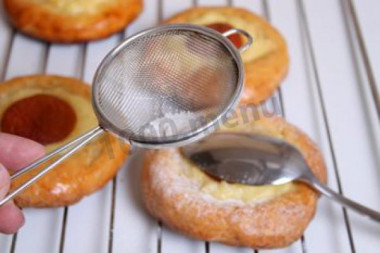
Put the finished buns on the grill and let cool slightly. Close the apricots with a tablespoon and sprinkle the product with powdered sugar.
Step 14:

Serve warm or completely cooled. These buns have a wonderful crumb and if you heat the pastries in the microwave for just a minute the next day, you might think that they are only from the oven, with fervor, with heat. Treat your relatives with delicious pastries, and happy holidays to you!
Caloric content of the products possible in the composition of the dish
- Whole cow's milk - 68 kcal/100g
- Milk 3.5% fat content - 64 kcal/100g
- Milk 3.2% fat content - 60 kcal/100g
- Milk 1.5% fat content - 47 kcal/100g
- Concentrated milk 7.5% fat content - 140 kcal/100g
- Milk 2.5% fat content - 54 kcal/100g
- Chicken egg - 157 kcal/100g
- Egg white - 45 kcal/100g
- Egg powder - 542 kcal/100g
- Egg yolk - 352 kcal/100g
- Ostrich egg - 118 kcal/100g
- Cottage cheese of 40% fat content - 466 kcal/100g
- Cottage cheese of 20% fat content - 233 kcal/100g
- Cottage cheese of 18% fat content - 226 kcal/100g
- Cottage cheese of 10% fat content - 156 kcal/100g
- Low-fat cottage cheese - 75 kcal/100g
- Cottage cheese with sour cream - 260 kcal/100g
- Fruit cottage cheese - 147 kcal/100g
- Soft dietary cottage cheese - 170 kcal/100g
- Cottage cheese "vitalinia" - 64 kcal/100g
- Cottage cheese "morning" ( "danone") without sugar - 91 kcal/100g
- Cottage cheese - 156 kcal/100g
- Whole durum wheat flour fortified - 333 kcal/100g
- Whole durum wheat flour, universal - 364 kcal/100g
- Flour krupchatka - 348 kcal/100g
- Flour - 325 kcal/100g
- Granulated sugar - 398 kcal/100g
- Sugar - 398 kcal/100g
- Apricots - 46 kcal/100g
- Canned apricots - 50 kcal/100g
- Butter 82% - 734 kcal/100g
- Amateur unsalted butter - 709 kcal/100g
- Unsalted peasant butter - 661 kcal/100g
- Peasant salted butter - 652 kcal/100g
- Melted butter - 869 kcal/100g
- Vegetable oil - 873 kcal/100g
- Salt - 0 kcal/100g
- Lemon juice - 16 kcal/100g
- Baking powder dough - 79 kcal/100g
- Egg yolks - 352 kcal/100g
- Powdered sugar - 374 kcal/100g
- Vanilla sugar - 379 kcal/100g
- Corn starch - 329 kcal/100g

